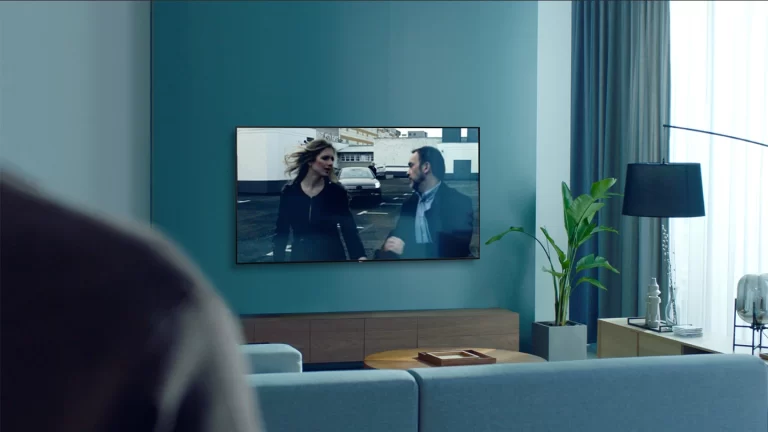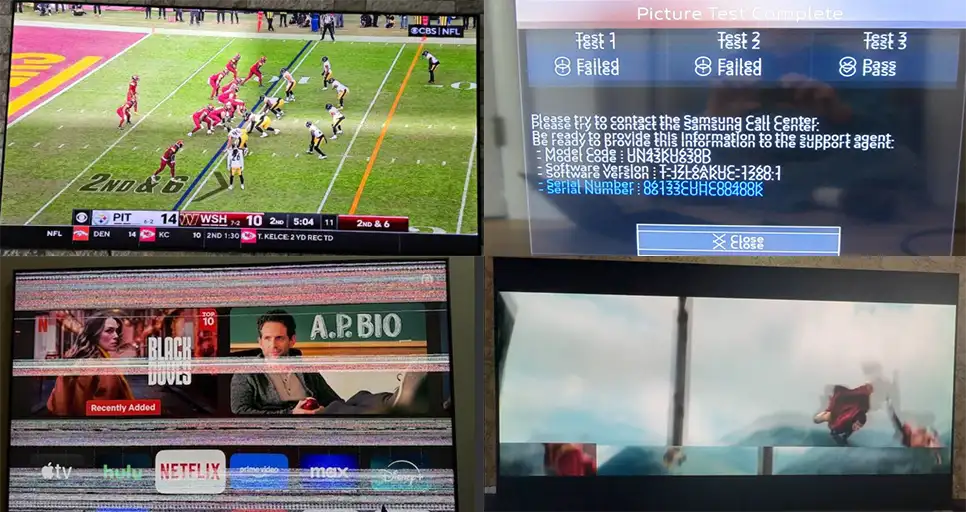You may experience issues with your TV, such as blurred images, double images, shadows, streaks, or distorted parts of the picture. These problems can be either temporary or permanent. In some cases, they may disappear after rebooting or disconnecting the TV, only to reappear later. To effectively identify and resolve the issue, it’s important to take a logical and systematic approach to troubleshooting.
The following are the most common TV picture problems.
Troubleshooting TV picture problems
If you are having problems with the picture on your TV, you first need to determine whether the problem is with the TV or something else. If you’re seeing distorted video from an app on your TV or through your antenna, then the problem is definitely with the TV. However, if you are using a streaming device or any other connection via HDMI, you first need to check whether the problem is with the source or the cable. The easiest way to do this is to open any app on your TV and see the picture quality. If it’s OK, then the problem is with the device transmitting the video or the HDMI cable. Alternatively, you can use the HDMI cable from your TV to connect your laptop to it.
If you’re sure the TV is the problem, the next step is to determine whether you can fix it yourself or if it needs professional repair.
Troubleshooting TV picture problems
A blurred or distorted picture usually indicates a malfunction of the T-Con board, which processes video and transmits it to the display. This problem may go away temporarily if you turn the TV off and on again, but it may return. It often occurs after a TV software update, when the update incorrectly applies the settings of the T-Con (Timing Controller) board. In such cases, you can fix the problem by turning off the power for a couple minutes (clears the cache memory) or resetting the TV to factory settings. If that doesn’t help, try reinstalling the TV software using a USB flash drive. If the problem persists, the T-Con board may be defective and needs to be replaced. The appearance of such failures can also be affected by a faulty memory chip, this is extremely rare, but usually manifests itself as incomprehensible unsystematized failures in the TV, and after a software update, as a rule, the TV may stop working at all, in this case you need to replace the main board.
White or dark spots on the TV screen are often the result of a backlight malfunction. A rectangular bright or dark spot indicates a local dimming problem where certain areas of the backlight are not working correctly. If the bright spot is hot to the touch, it means that the backlight is set to maximum brightness in that area. A problem with the T-Con board or the backlight itself could cause this. Restarting the TV may help, but if the problem persists, further repairs may be required.







